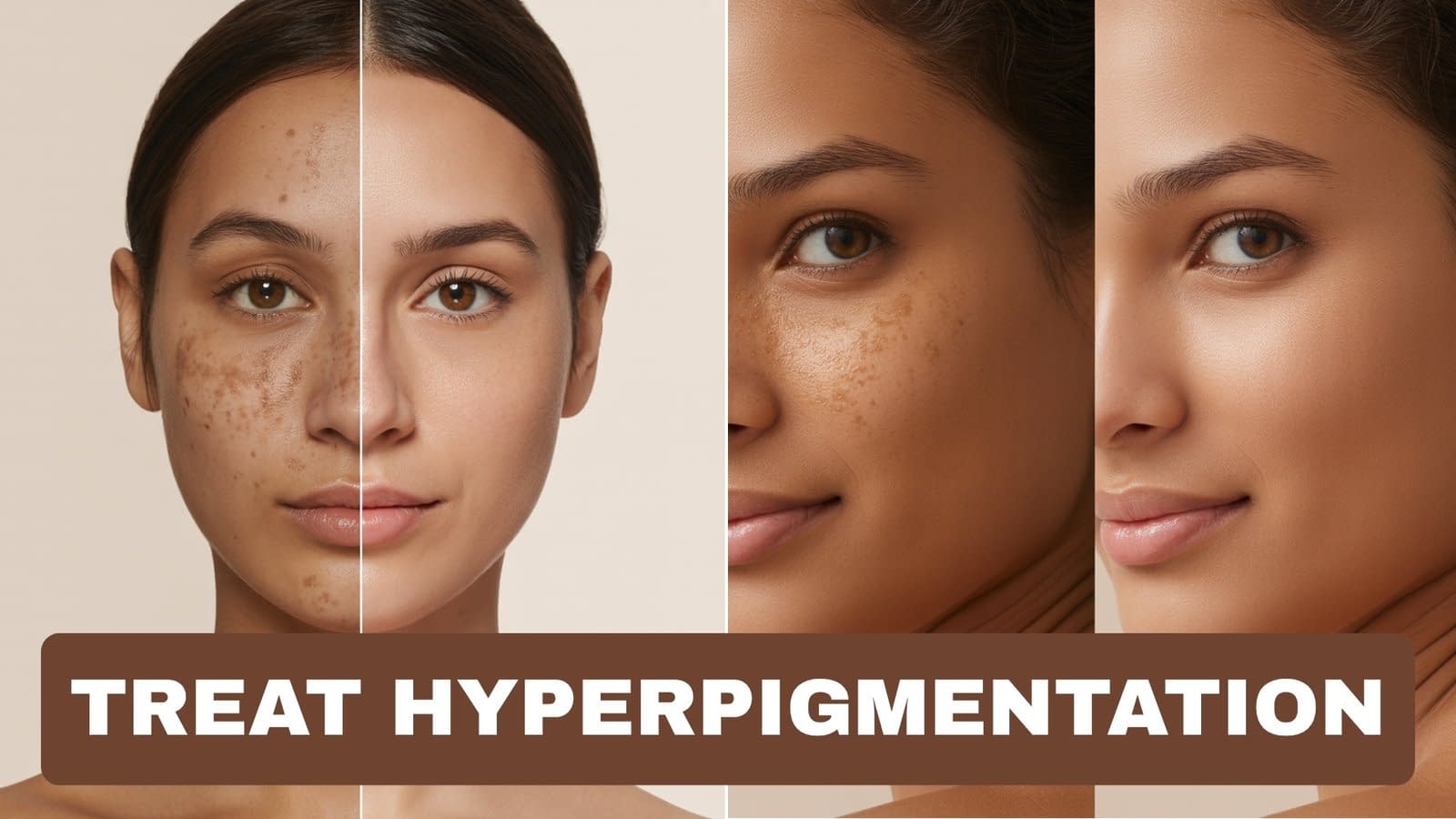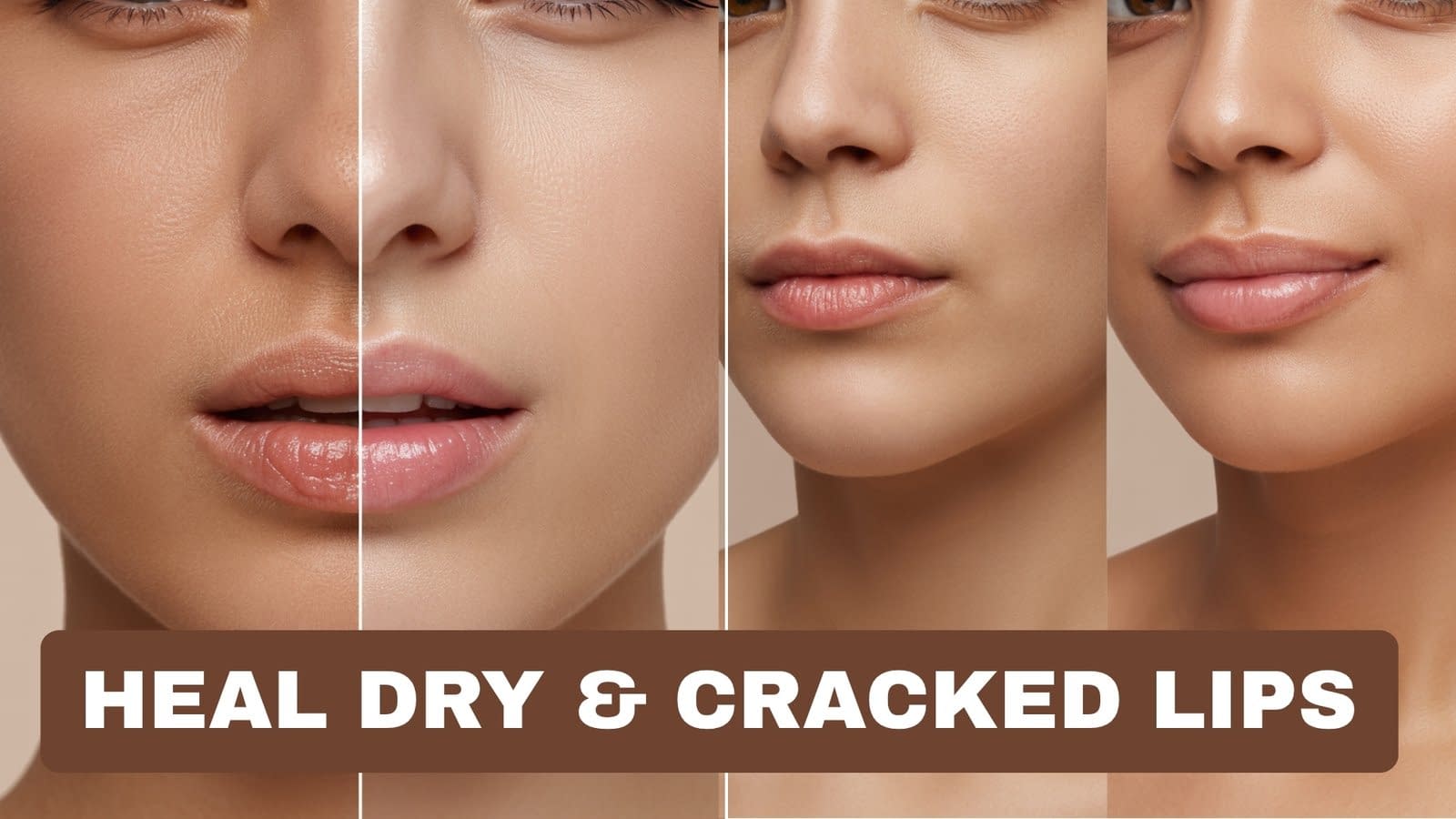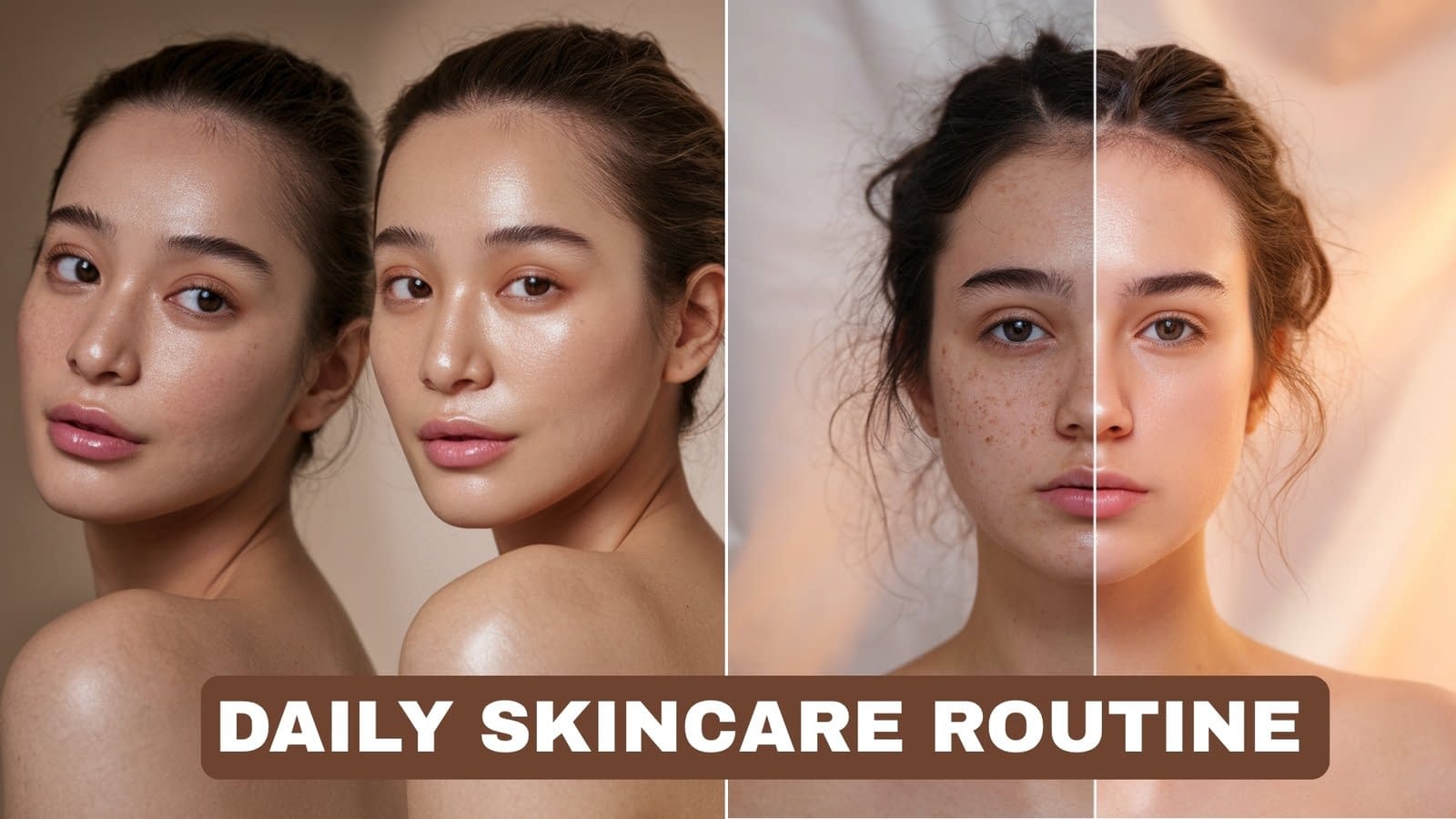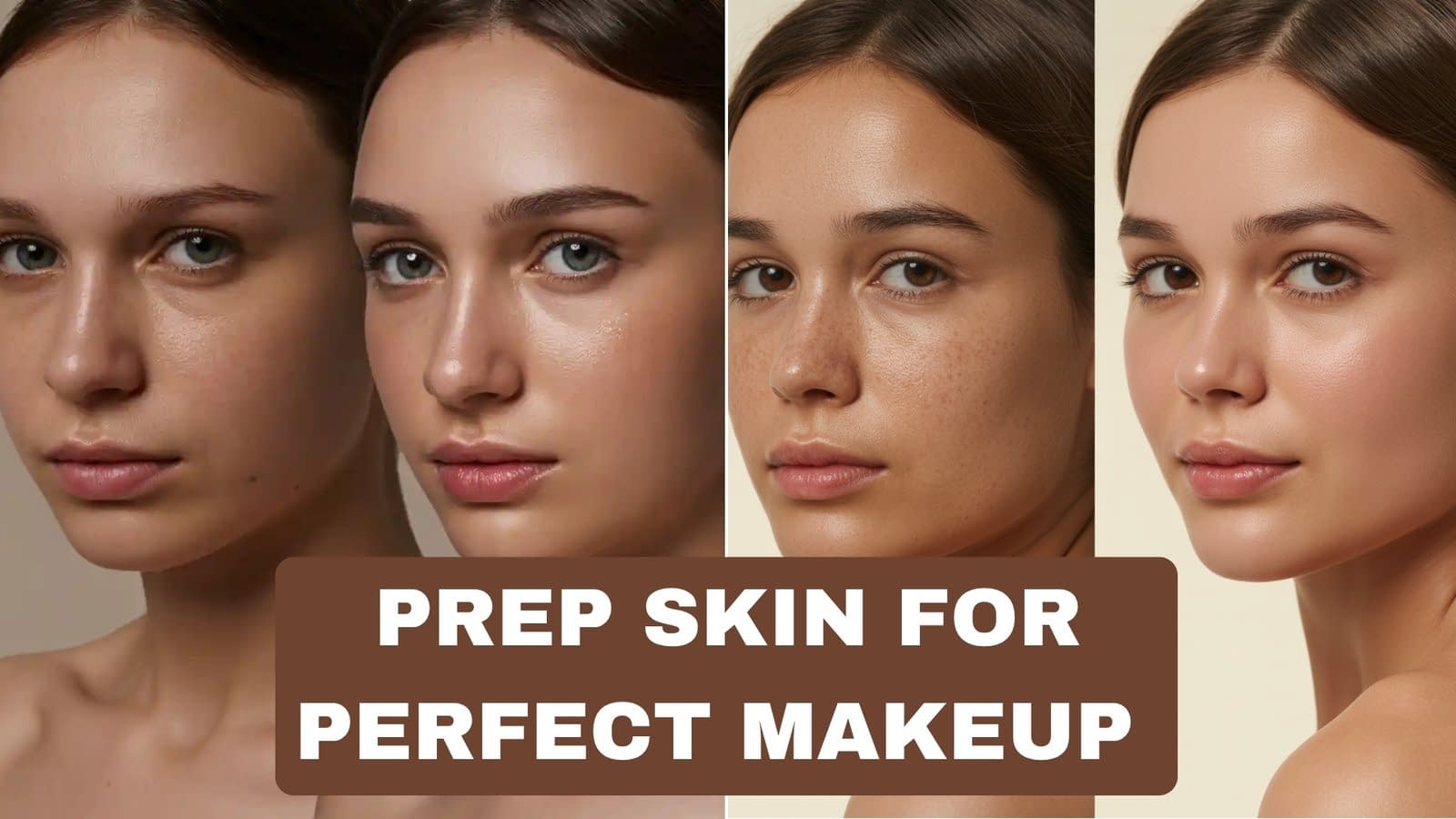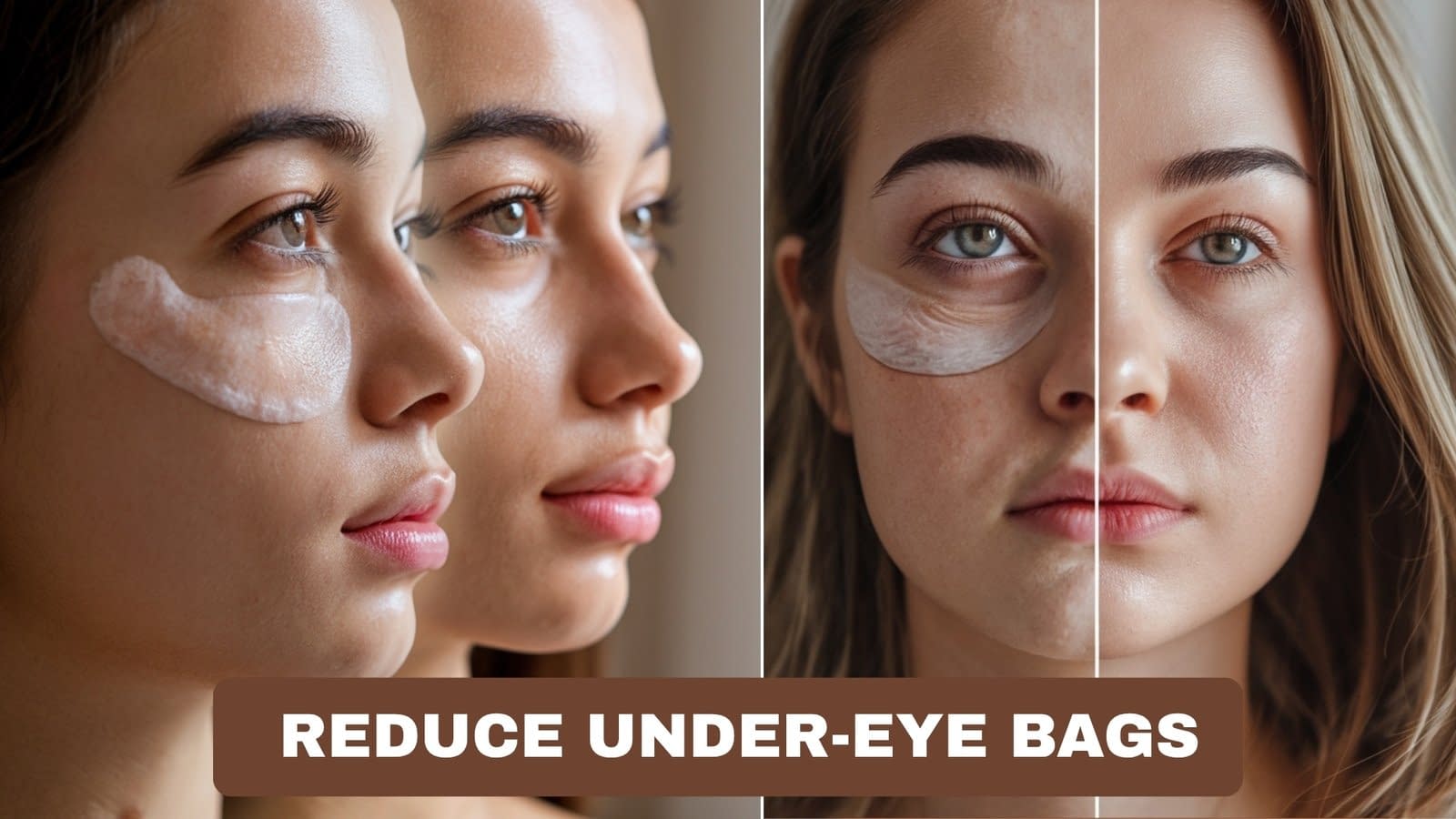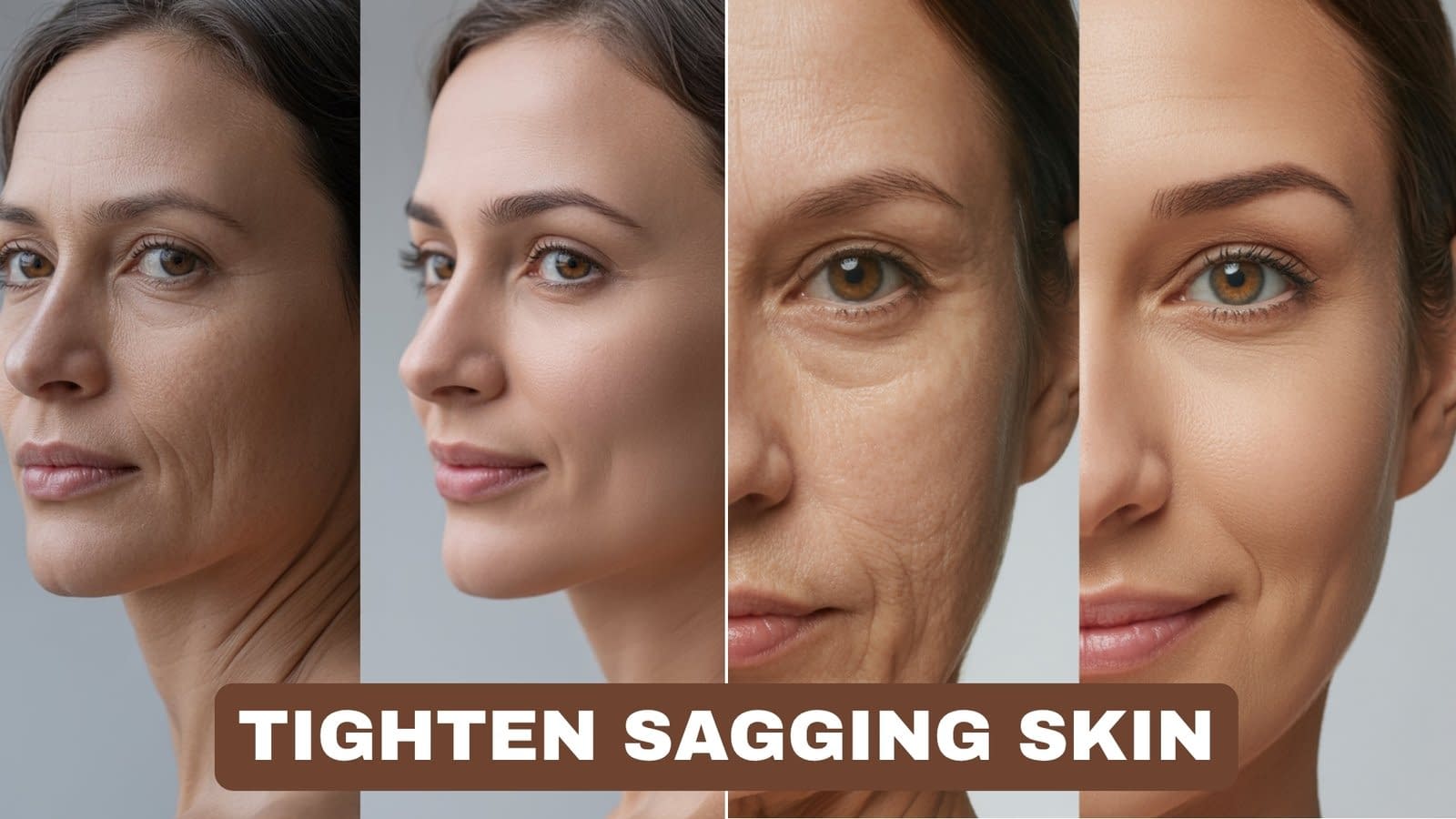Dark spots (hyperpigmentation) are super common — and confusing. They can look similar but come from different causes, so the right treatment depends on what type you have. This guide explains the science simply, shows safe natural ingredients and home remedies that actually help, gives step-by-step morning/evening routines, and tells you when to see a pro. I’ll also set realistic timelines so you know what to expect.
Quick disclaimer: this is general information, not medical advice. If your spots are painful, rapidly changing, bleeding, or you have a history of skin cancer, see a dermatologist.
Understanding Hyperpigmentation: What Causes Dark Spots?
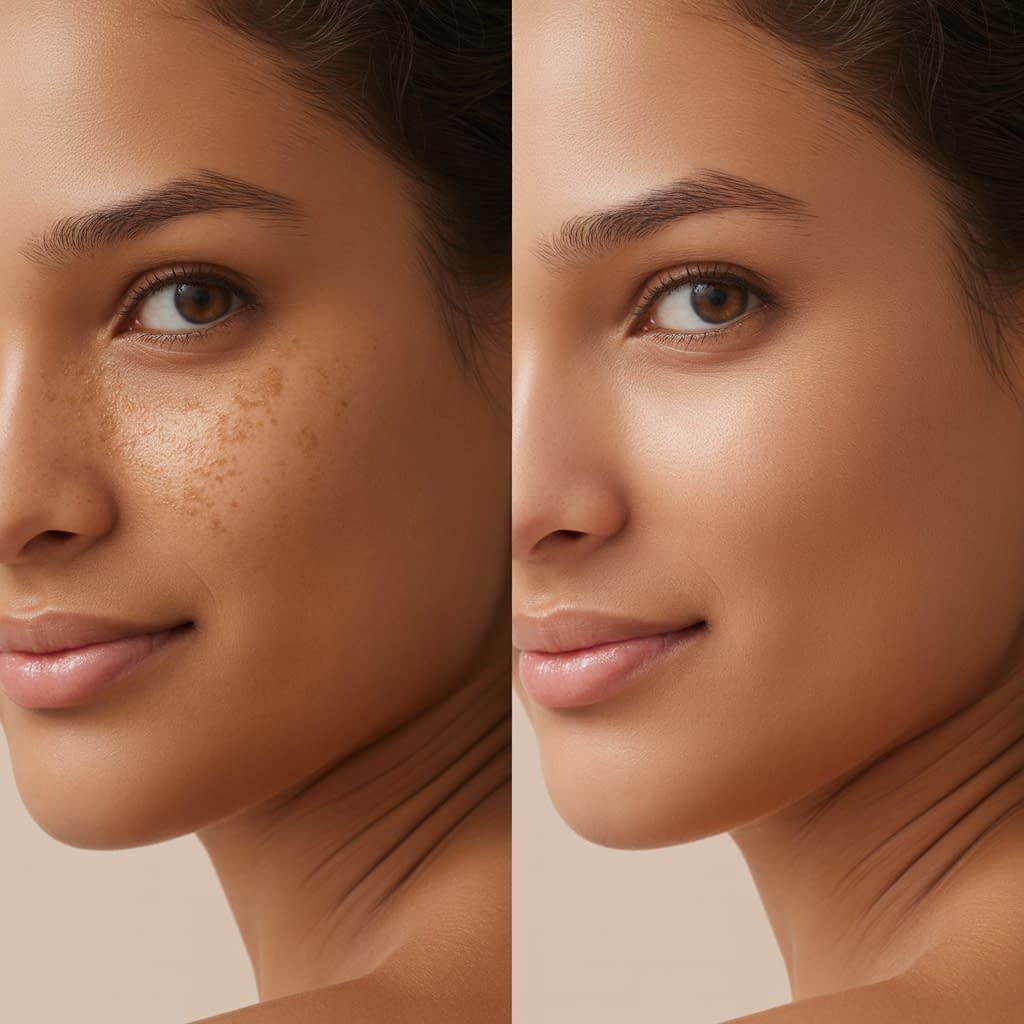
What’s happening: Hyperpigmentation is an over-production or uneven distribution of melanin — the pigment your melanocytes make to color skin, hair, and eyes. When melanin accumulates in one spot or layer of skin, you see a darker patch. The biology involves stimulation of melanocytes (more melanin made), increased transfer of pigment to skin cells, or pigment trapped in deeper layers after inflammation. PubMed Central
Common triggers
- Sun exposure: UV light ramps up melanin production as skin’s natural defense — and darkens existing spots (sun spots/solar lentigines). Sunscreen is the single most important prevention step. Mayo Clinic+1
- Post-inflammatory hyperpigmentation (PIH): Any skin injury — acne, insect bites, cuts, aggressive waxing, harsh treatments — can leave dark marks after healing. Darker skin tones are especially prone to PIH. PubMed Central
- Hormonal changes (melasma): Pregnancy, birth control, and hormone therapy can trigger melasma — symmetric brown patches, often on the face. Sun makes melasma worse. Mayo Clinic Health System
- Aging & cumulative sun damage: “Age spots” (solar lentigines) appear where skin gets sun over years (hands, face, chest). Mayo Clinic
Bottom line: identify whether the spot follows an injury (PIH), hormone changes (melasma), or sun/age—because that helps choose the safest, most effective approach. PubMed Central
Types of Hyperpigmentation You Should Know
Short, visual descriptions to help you identify your type:
- Melasma: brown/gray-brown patches, often symmetric on cheeks, forehead, nose/upper lip; linked to hormones and worsened by sun. Common during pregnancy (“the mask of pregnancy”). Mayo Clinic Health System
- Post-Inflammatory Hyperpigmentation (PIH): flat dark spots left behind after skin inflammation — classically after acne, eczema, burns, or trauma. Depth varies (epidermal vs dermal). PubMed Central
- Solar lentigines (sun/age spots): well-defined flat brown spots on chronically sun-exposed areas (hands, face), more common with age. Mayo Clinic
- Freckles (ephelides) vs lentigines: freckles are small and linked to genetics and sun, often fade in winter; lentigines are deeper and persist. AOCD
If you’re unsure, take a clear photo and discuss with a dermatologist — accurate ID matters before starting treatments.
Natural Ingredients That Help Fade Dark Spots

Below are natural or naturally derived ingredients with clinical or laboratory evidence supporting their use against hyperpigmentation. I list what they do and how they’re typically used.
Vitamin C (ascorbic acid)
- How it helps: antioxidant, inhibits tyrosinase (an enzyme in melanin synthesis), brightens and evens tone. Topical vitamin C serums (L-ascorbic acid at appropriate pH and concentration) are widely used for hyperpigmentation. Evidence shows benefit over weeks–months when used consistently. PubMed+1
Niacinamide (vitamin B3)
- How it helps: reduces transfer of pigment from melanocytes to skin cells and has anti-inflammatory benefits. Clinical trials show topical niacinamide (often 2–5%) can improve melasma and uneven tone. It’s also well tolerated. PubMed Central+1
Licorice extract (glabridin, liquiritin)
- How it helps: compounds in licorice inhibit tyrosinase and reduce inflammation; studies show skin-lightening potential and good tolerability in topical formulations. PubMed Central+1
Aloe vera (aloin, aloesin)
- How it helps: soothing, some evidence it can modestly reduce PIH when used consistently (often combined with other actives). Gentle and good for inflamed or sensitive skin. Healthline+1
Turmeric / Curcumin
- How it helps: antioxidant and anti-inflammatory; topical curcumin has shown promise in small studies for reducing pigmentation, but formulations and concentrations vary widely. Be cautious about turmeric staining. PubMed+1
Green tea (EGCG)
- How it helps: antioxidant catechins can reduce UV-induced pigmentation and inflammation; topical EGCG shows potential in lab and some clinical reports. PubMed Central+1
Practical note: many natural ingredients work best as part of a formulation (stable serum or cream) rather than raw kitchen mixes — stability, pH, and concentration matter for real results.
Home Remedies to Reduce Hyperpigmentation — Practical, Safe Methods
If you prefer natural home remedies, choose gentle, evidence-backed options and patch test every new recipe 24–48 hours before widespread use. Avoid raw lemon/juice or undiluted acids on sensitive or broken skin — they can irritate and worsen PIH.
DIY step-by-step remedies (safe, repeatable)
A. Vitamin C serum (gentle at-home version)
- Why: stable, antioxidant, helps fade spots.
- What you need: a high-quality L-ascorbic acid powder or a preformulated serum (recommended for stability).
- DIY (if using powder): mix 5% L-ascorbic acid in distilled water (5 g per 95 g water = ~5%) OR buy a pre-made 10–20% stable serum. Homemade low-pH serums can be irritating — prefer a reputable, stable product for best safety. Apply once daily (morning under sunscreen or evening) and patch test first. PubMed+1
B. Niacinamide booster
- Why: well tolerated, reduces pigment transfer.
- How to use: look for a 2–5% niacinamide serum/cream; apply twice daily after cleansing and before moisturizer. Patch-test. Clinical trials used 4% with success in melasma. PubMed Central
C. Licorice or aloe spot treatment
- Why: soothing + tyrosinase inhibition.
- How to use: apply a licorice-extract serum or aloe gel to dark spots twice daily. If using raw aloe, use pure inner leaf gel and follow with sunscreen in the morning. PubMed Central+1
D. Gentle turmeric mask (occasional)
- Why: anti-inflammatory, may help with PIH.
- Recipe: 1 tsp turmeric powder + 1 tsp plain yogurt or honey → apply 10–15 minutes → rinse. Warning: turmeric can stain skin and clothing; do a patch test and use only occasionally. PubMed+1
E. Green tea cool compress
- Why: EGCG reduces inflammation and may protect against UV damage.
- Method: steep 1 green tea bag, chill, press the bag or cloth to the spot for 5–10 minutes. Use daily as a soothing compress. PubMed Central
Important safety tips for home remedies
- Patch test for 24–48 hours. Stop if burning, stinging, or worsening occurs.
- Never apply strong acids (e.g., concentrated lemon, undiluted glycolic acid) without guidance — they can cause irritation and worsen PIH.
- Always follow up with sunscreen in the daytime (see next section).
Daily Skincare Routine for Brighter, Even-Toned Skin — Step-by-Step

Consistency beats miracle fixes. Here’s a simple, defensible routine you can follow morning and night.
Morning (protect & prevent)
- Cleanse: gentle, pH-balanced cleanser — do not overstrip the skin.
- Antioxidant serum (optional): vitamin C serum in the morning helps protect against UV- and pollution-related pigment triggers. Let it absorb 1–2 minutes. PubMed
- Moisturize: lightweight lotion or cream suited to your skin type. Ingredients like niacinamide can be used in AM or PM. PubMed Central
- Sunscreen (non-negotiable): broad-spectrum SPF 30+ every morning, reapply every 2 hours if outdoors, and use physical protection (hat, shade). Sunscreen prevents new darkening and protects results. Apply a nickel-sized amount to the face and about 1 ounce for full body when exposed. Verywell Health+1
Evening (repair & treat)
- Cleanse: remove sunscreen, makeup, and pollutants.
- Exfoliate (1–3× weekly): chemical exfoliant (AHA for surface pigment; BHA if oily/acne-prone) can accelerate fading by increasing cell turnover — do not mix strong acids with retinoids or irritants without guidance. Start slow (once per week) and increase as tolerated. Real Simple
- Active treatment: apply targeted serums — niacinamide, vitamin C (some prefer vitamin C in AM), licorice extracts, or dermatologist-prescribed agents (hydroquinone, tranexamic acid) if recommended. Patch test new products. PubMed Central+1
- Moisturize & repair: thicker cream or occlusive at night to support barrier repair. For irritated skin, favor soothing ingredients (ceramides, glycerin, panthenol). PubMed Central
Practical layering tips
- Thin → thick: water-based serums (vitamin C, niacinamide) first, then creams.
- If using prescription topicals (hydroquinone, retinoids), follow your dermatologist’s guidance on order and spacing.
Lifestyle Habits That Improve Skin Tone
Treatments work best when paired with good habits:
- Sun protection every day: sunscreen + physical barriers (hats, sleeves) — truly the cornerstone for preventing new pigmentation. Verywell Health
- Hydration & diet: drink water regularly; eat antioxidant-rich foods (fruits, vegetables) and omega-3 sources (fatty fish, flaxseed) to support skin health. While diet alone won’t erase spots, it supports repair. PubMed Central
- Sleep & stress: poor sleep and chronic stress can impair skin repair and worsen inflammatory conditions (and therefore PIH). Aim for regular sleep and stress management. PubMed Central
- Avoid trauma to skin: don’t pick acne, pop pimples, or aggressively wax — repeated injury deepens PIH. PubMed Central
When to Seek Professional Help
See a dermatologist if:
- Spots are new, rapidly changing, or bleed.
- You’re unsure whether the spot is benign (dermatologists can use dermoscopy or biopsy to rule out melanoma or other conditions).
- OTC and gentle natural approaches haven’t improved PIH after several months.
- You’re considering stronger options (chemical peels, prescription agents, lasers) — these should be performed or supervised by trained professionals because deep treatments can backfire and worsen pigmentation if not done correctly. American Academy of Dermatology+1
Professional options (what a dermatologist may offer)
- Topical prescription agents: e.g., hydroquinone (short courses), azelaic acid, topical retinoids, tranexamic acid — these have stronger evidence for stubborn hyperpigmentation but require monitoring.
- Chemical peels (superficial to medium): controlled exfoliation to accelerate pigment shedding; effective for sun spots and superficial PIH but must be chosen carefully for darker skin types to reduce risk of rebound PIH. Mayo Clinic+1
- Laser & light therapies (Q-switched, fractional, IPL): effective for some pigment types but require expertise and caution in darker skin; may be combined with topical regimens. PubMed Central+1
- Microneedling & combined approaches: sometimes used with topical agents to enhance penetration — done in clinic under guidance. PubMed Central
Key caution: poorly matched peels or lasers (or performed by unqualified providers) can cause inflammation and worsen hyperpigmentation — choose board-certified dermatologists or properly credentialed providers. Marie Claire UK
Tips to Prevent Hyperpigmentation from Returning

Prevention is part of treatment. Do these consistently:
- Daily broad-spectrum SPF 30+ and reapply every 2 hours when outdoors — without this, almost any lightening plan will fail. Verywell Health
- Gentle exfoliation (weekly–biweekly) to speed turnover but avoid over-exfoliating (which causes inflammation). Real Simple
- Avoid picking or irritating the skin (acne, scabs, ingrown hairs). Treat acne proactively to reduce PIH. PubMed Central
- Use products consistently — once you clear a spot it can recur if you stop sun protection and maintenance serums (niacinamide, vitamin C). PubMed+1
Realistic Expectations: How Long Does It Take to See Results?
Patience is essential.
- Surface PIH (epidermal): often improves in 6–12 weeks with consistent topical treatment (exfoliation + brighteners + sunscreen). Real Simple
- Melasma: can be chronic and may require ongoing maintenance; some improvement in 2–3 months, but relapses are common without sun avoidance and continued treatment. Mayo Clinic Health System
- Sun spots / lentigines: may require in-office procedures (peels, laser, cryotherapy) for quick removal; topical treatments alone take longer and may be partial. Cleveland Clinic+1
A realistic timeline: expect noticeable changes in 6–12 weeks for many topical strategies, but full fading can take months and sometimes never completely disappears (especially dermal pigment). Track progress with photos taken in neutral light every 4 weeks.
Quick Action Plan — Put It Into Practice (Step-by-Step)
If you’re starting today
- Morning: gentle cleanse → vitamin C (or niacinamide) → moisturizer → broad-spectrum SPF 30+ (apply 15 min before sun). PubMed+1
- Evening: cleanse → 2–3× weekly chemical exfoliant or gentle scrub (if tolerated) → niacinamide or targeted brightening serum → richer moisturizer. Patch test new products for 48 hours. Real Simple
- Weekly: 1 soothing mask (aloe or oat) and avoid any new harsh treatments.
- Lifestyle: hydrate, eat antioxidant-rich food, get sleep, minimize picking. PubMed Central
Final Words
- Sunscreen is non-negotiable. Even the best brighteners won’t hold if you keep exposing treated skin to UV. Verywell Health
- Patch test natural remedies. “Natural” does not mean harmless. Some ingredients (lemon, baking soda) can irritate and worsen hyperpigmentation.
- Seek a dermatologist if spots are atypical, painful, spreading, or if you’re considering peels/lasers. In-office procedures can be powerful but must be matched to your skin type to avoid harm. American Academy of Dermatology+1


